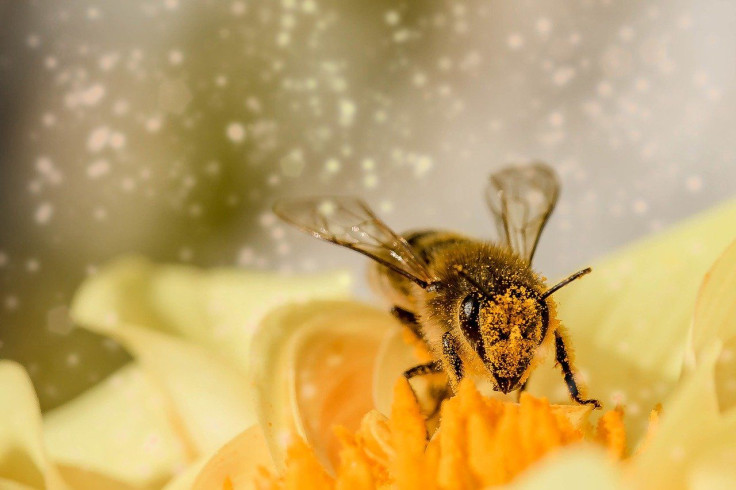Bees Struggling To Fly In Winds Caused By Global Warming, Researchers Discover

KEY POINTS
- A study revealed how winds caused by global warming affect bees
- Strong winds affect the muscles bees use for flying
- The number of flowers bees can pollinate reduced due to global warming
A group of researchers discovered that the winds caused by global warming on Earth have a direct effect on the flight of bees. The researchers also learned that the bees couldn’t pollinate the flowers properly due to the effect of the winds.
The study was conducted by researchers from the University of Sussex in the U.K. Their findings were presented in a new study published in the journal Animal Behavior.
For the study, the researchers lured bees into an enclosed shed using sugar water. To control the experiment, bees were only allowed to enter the shed one at a time. The researchers then placed artificial flowers and fans inside the shed. They then observed the time it took for the bees to visit each flower under different fans speeds, which simulated calm and windy days.
On average, the researchers discovered that the bees were able to visit and take nectar from about 5.45 flowers within 90 seconds during calm conditions. However, in windy conditions, the average number of flowers the bees were able to visit dropped to 3.73.
Aside from their flight speed, the researchers also noticed that strong winds prevented the bees from taking off from flowers immediately. Based on their observations, the bees’ average takeoff time increased from 0.05 seconds to 54 seconds during windy conditions.
According to the researchers, wind speed can reduce the body temperature of bees. This means that during windy conditions, the muscles bees use for taking off and flying can take a longer time to warm up.
As explained by the researchers, global warming is causing higher and more frequent winds. Their experiment revealed how these stronger winds could have direct impacts on the movement of bees. The study’s lead author Georgia Hennessy noted that this could drastically reduce the number of flowers pollinated by bees around the world.
“With wind speeds predicted to increase in the years ahead, understanding how we can help pollinators in a changing climate is becoming ever more pressing,” she said, according to The Guardian. “Although we can’t do much to control or stop the wind, we can take steps to minimize its impact on pollinators, such as placing hives in sheltered locations.”
© Copyright IBTimes 2025. All rights reserved.





















